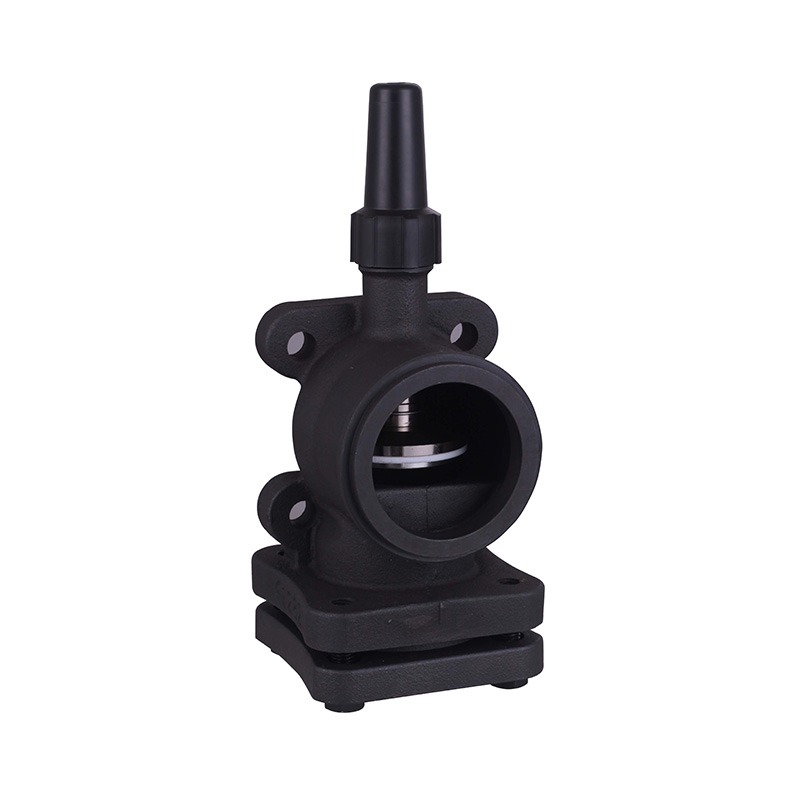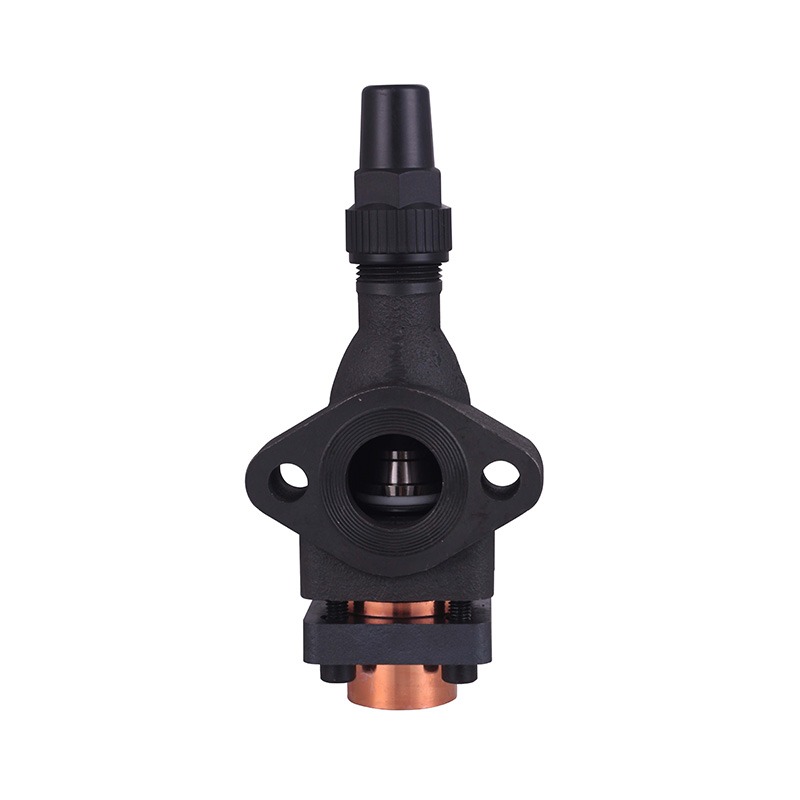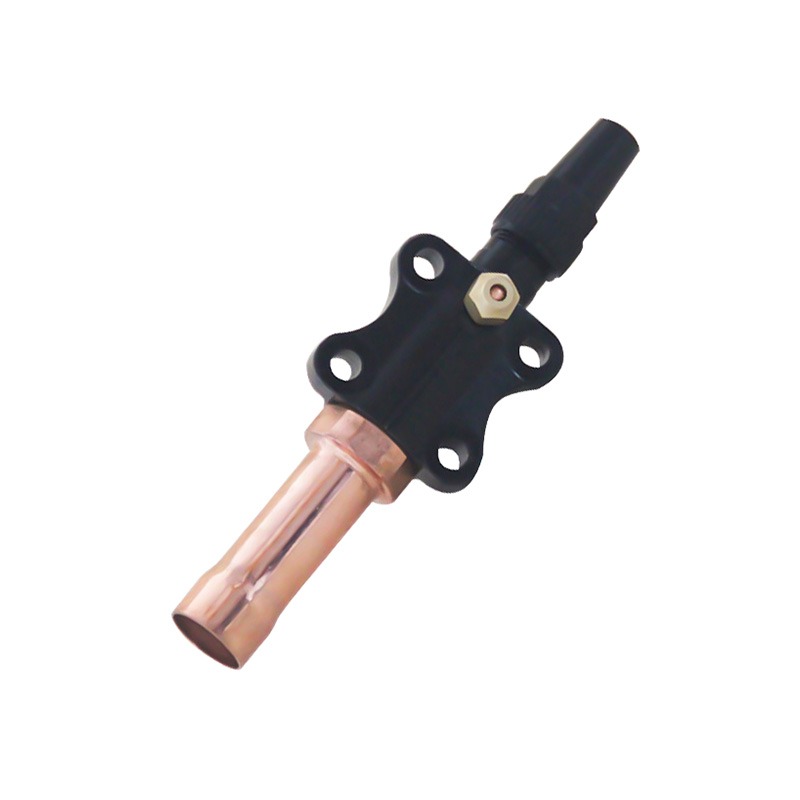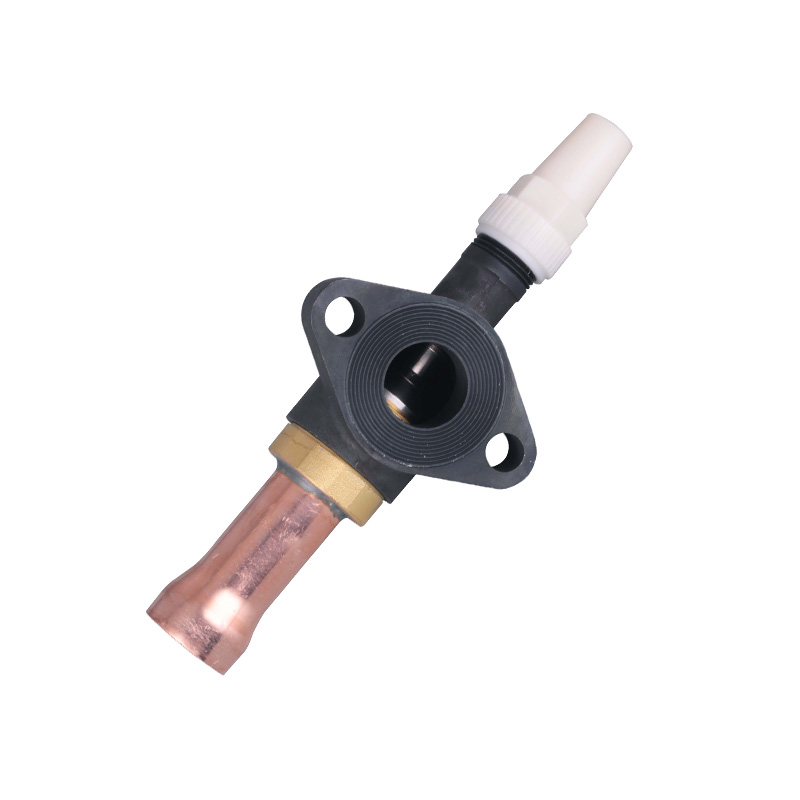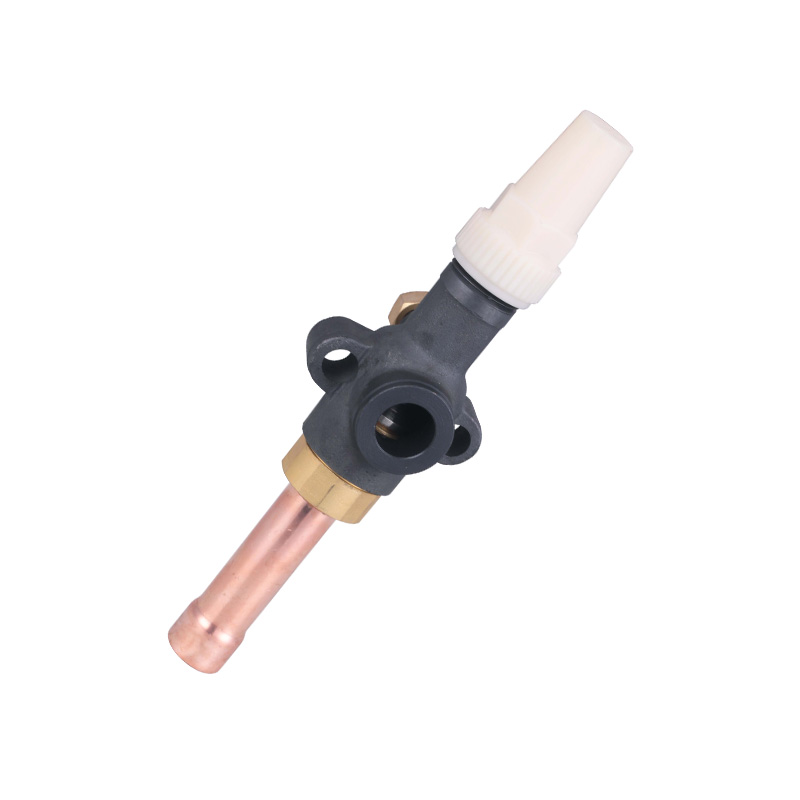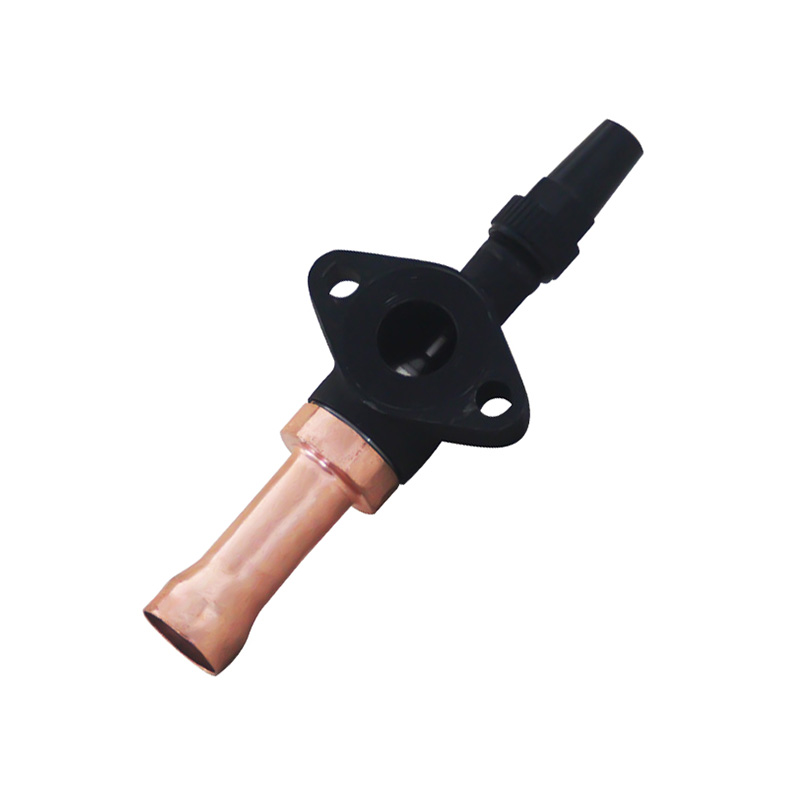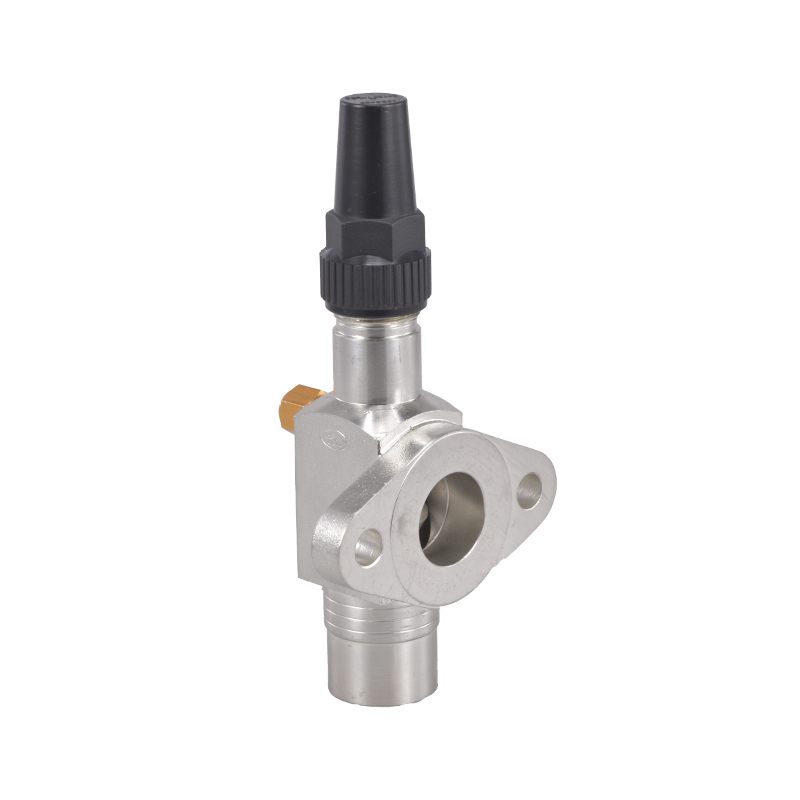Manufacturers Adapt Cold Storage Equipment For Energy Efficiency And Modular Integration
 By Admin
By Admin
In recent years, a noticeable shift has emerged across the refrigeration and logistics industries. Manufacturers are rethinking how Cold Storage Equipment is designed, with greater focus on energy efficiency and system adaptability. As demands for lower emissions and cost control intensify, the integration of energy-saving components like the low vacuum pump has gained wider acceptance. This transformation not only addresses sustainability concerns but also aligns with evolving storage needs in food, pharmaceuticals, and agriculture sectors.
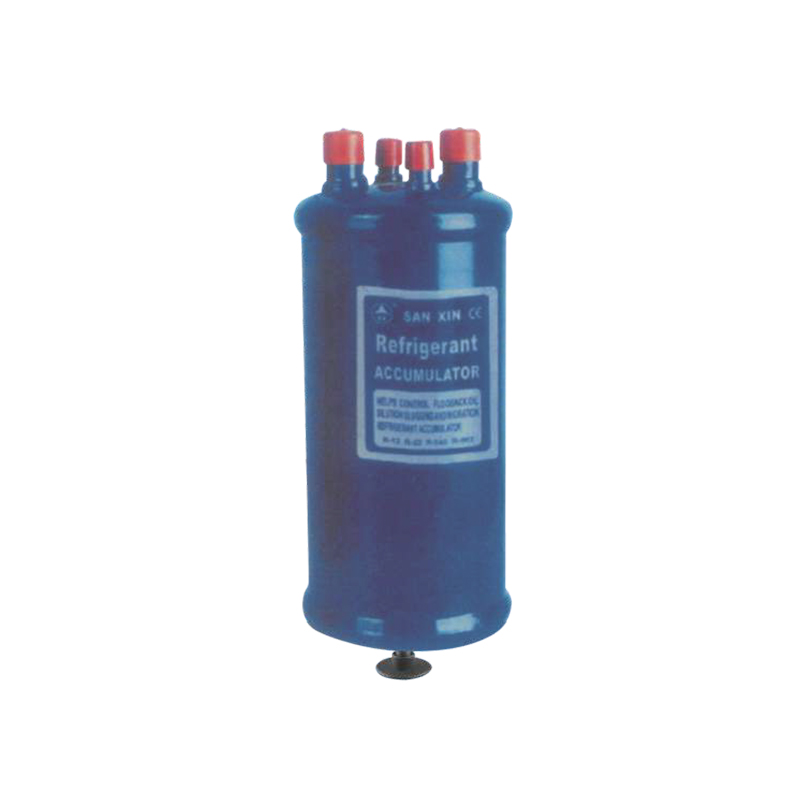
Energy efficiency is now one of the main performance drivers for Cold Storage Equipment design. Traditional systems relied heavily on high-consumption compressors and static cooling solutions. However, today’s designs frequently incorporate modular sections that can be independently controlled and adjusted based on inventory load. This kind of modular integration has significantly improved the responsiveness of cold storage systems, especially in operations with fluctuating stock volumes. The inclusion of a low vacuum pump in these modular units assists in maintaining consistent pressure levels, which contributes to improved insulation performance and reduced energy loss.
Another area seeing innovation is vacuum-based thermal management. By utilizing low vacuum pump systems, manufacturers can enhance the performance of insulation panels and cooling chambers. These pumps help sustain a low-pressure environment that reduces thermal conductivity, thereby increasing overall energy conservation. In storage units where delicate or temperature-sensitive goods are kept, maintaining stable internal conditions becomes critical. The low vacuum pump is particularly suited for these use cases, offering a reliable means of enhancing insulation without major design overhauls.
The evolution of Cold Storage Equipment also responds to broader shifts in logistics infrastructure. Cold chain logistics are no longer confined to centralized warehouses. Instead, businesses are deploying localized, modular cold storage systems closer to points of distribution or production. This decentralization requires equipment that is both scalable and adaptable. Manufacturers have begun producing units with detachable panels and integrated low vacuum pump assemblies, making it easier to transport, install, and maintain the systems in diverse environments.
In addition to technical improvements, sustainability regulations are influencing purchasing decisions. Energy consumption ratings, refrigerant types, and emissions output are all under scrutiny. With the integration of the low vacuum pump, some cold storage systems can now operate using lower refrigerant loads while maintaining their thermal efficiency. This directly contributes to reduced operational costs over time. It also aligns with growing pressure to lower the environmental footprint of industrial refrigeration.
Finally, long-term maintainability is another area where modularity proves useful. Units built with serviceable low vacuum pump components can be maintained or replaced without shutting down entire systems. This has become important for facilities operating around the clock. By separating cooling zones and installing pumps as needed, operators gain more control over energy use and repair cycles. As a result, the functionality and uptime of Cold Storage Equipment are enhanced.
Altogether, the intersection of energy efficiency and system modularity is shaping the future of cold storage solutions. Through the thoughtful integration of components like the low vacuum pump, manufacturers are helping businesses meet both operational goals and environmental requirements. The shift away from static, high-consumption equipment marks a new chapter for the cold storage industry—one that emphasizes adaptability and targeted performance over uniform, one-size-fits-all systems.




 English
English русский
русский Deutsch
Deutsch
